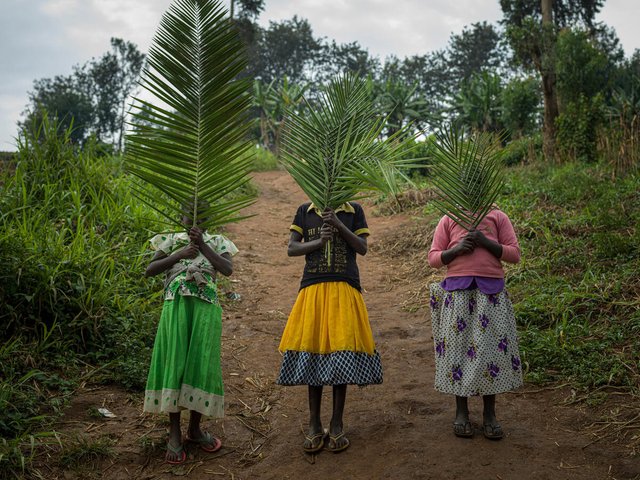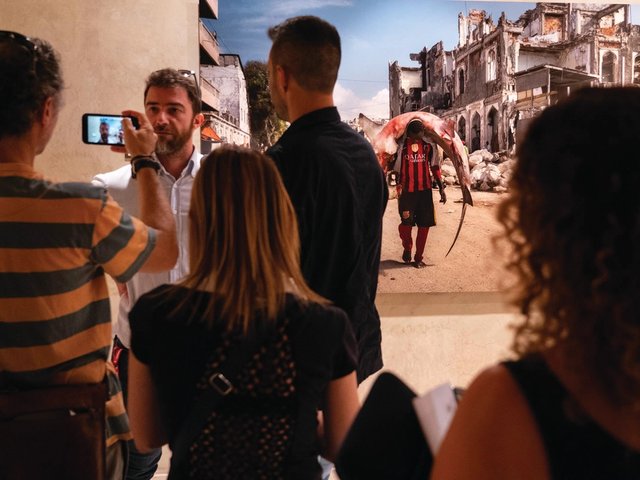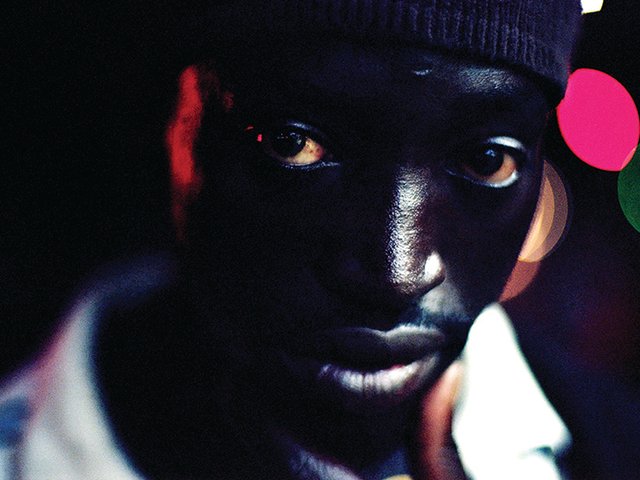World Press Photo, the Amsterdam-based photojournalism organisation responsible for the photo industry’s most prized awards, has been accused by working photographers of “structural racism” and “performative gestures” after the announcement of a new managing director brought to light its exclusively white supervisory board.
On 11 June, World Press Photo announced the appointment of a new managing director, Arnoud van Dommele after the departure of the long-serving Lars Boering. The news brought attention to an image, on World Press Photo's website, of the supervisory board.
Nana Kofi Acquah, an assignment photographer for Getty Images and a World Press Photo Competition Jury Member in 2019, said on Twitter: “Many don’t understand what institutional racism is, but this is exactly what it looks like.”
Many don't understand what Institutional Racism is but that this is exactly how it looks like. For an organization that's designed for the "World", they must try just a little harder. https://t.co/TQh3oWQKD9
— Nana Kofi Acquah (@africashowboy) July 26, 2020
In a statement, the organisation stated its core values are “accuracy, diversity, and transparency” along with “a broader approach for connecting the world to the stories that matter, required for the changed world that has presented itself in recent months”.
World Press Photo launched the 6x6 Global Talent Program in Africa in 2017 as well as the Africa Photojournalism Database in 2016. The 27th edition of the Joop Swart Masterclass included 24 photographers from 20 different countries. The organisation has recently announced the formation of an international advisory board of approximately 12 “global experts” to provide “strategic advice” to the supervisory board. It will be established before the end of 2020.
Despite these initiatives, a series of established photographers are using social media to vocalise their deep concerns about the future direction of World Press Photo.
David Vaaknin, a photojournalist based in Jerusalem who has published with the Washington Post, the Wall Street Journal and the Sunday Times, said: “World Press Photo has a systemic problem. Why are we still surprised they haven't changed their ill ways? There aren't any signs they are about to make changes. At best they will be making performative gestures. Nothing more." Louie Palu, a photographer for National Geographic, a Guggenheim Fellow and a Zuma Press member, simply called the organisation: "White World Press Photo.”
The Indian photojournalist Chirag Wakaskar, a regular contributor to Getty Images, tells The Art Newspaper: “Visual journalism organisations like World Press Photo refuse to come to terms with their white supremacist narrative and the patriarchal systems they have thrived on. World Press Photo mentioned in their press release they will take a 'broader approach’—it turned out to be just one white man replacing another.”
The criticism comes amidst a continuing debate in photojournalist circles questioning the ethics and sustainability of an old model that saw Western foreign correspondents airdropped into third world countries and conflict zones to capture and document news-worthy events from an objective and outsider’s perspective.
World Press Photo’s supervisory board currently includes the chairman Guido van Nispen, Marlou Banning, Jolanda Holwerda, Lara Luten, Narda van 't Veer, and Dirk-Jan Visser.
World Press Photo responded with the statement: “Improving diversity is crucial to our work, and we understand the recent criticism surrounding diversity in our organisation. In the last few years, we have taken steps to improve understanding of inclusion and broader representation. We know there is more work to do in diversifying our workforce; it will take time but we are committed to it.”




